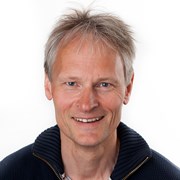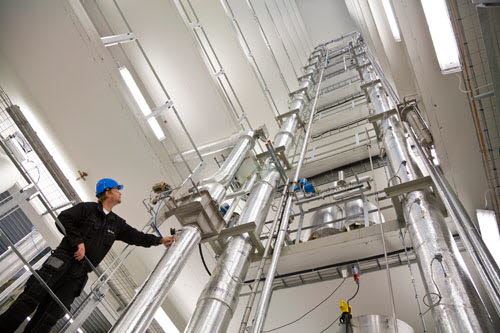The project includes four main activities:
- SP1: Development of chemicals
- SP2: Modeling of chemicals and capture plant
- SP3/SP5: Pilot and demonstration tests
- SP4: Educational program
Aker Clean Carbon is the customer. The research activity within SP1-SP3/SP5 is led by SINTEF Materials and Chemistry in cooperation with Aker Clean Carbon. The educational program SP4, is led by Department of Chemical Engineering at NTNU and is funded under the Research Council of Norway's CLIMIT program. The SOLVit project is divided into three phases planned over eight years (2008-2016).
The following results were achieved in phase 1
Establishment and operation of the project's two pilot plants,Tiller and the ACC Mobile Test Unit gave a total of 8900 hours of operating experience with CO2 capture. It was conducted seven emission measurement campaigns, and three solvent systems where tested in the pilot plants.
The pilot plan operation documented experimentally 25% reduction of energy consumption in relation to the reference value of 4.2 GJ/ton CO2. The simulation tool CO2SIM, which is validated against experimental data from the pilot plants, documented a potential for further energy reduction so that the project's goal of 35% reduction in energy demand was considered fulfilled.
Development of new solvent systems is central to the project, and more than fifty amines and amine mixtures have been tested for use in CO2 capture, which has led to the identification of seven chemical mixtures. An important part in the development of new solvent systems is the development of analytical methods for identification of the degradation products, as well as monitoring of the environmental impacts related to emissions of amines and their degradation products. The work has been carried out in close collaboration with the Department of Chemical Engineering at NTNU, where five candidates are engaged in the project within the various sub-areas.
Phase 2
During 2011 three test campaigns where completed at the two pilot plants Tiller and the ACC Mobile Test Unit.. Since 2012 the EnBW AG's pilot plant at the coal-fired power plant Heizkraftwerk Heilbronn in Germany, has become a part of the project. Two test campaigns in Heilbronn as well as four additional campaigns on Tiller and ACC Mobile Test Unit are planed in 2012. In Phase 2 two new solvent systems have been developed and are ready for testing at Tiller. Environmental aspects and energy consumption have been emphasized. Special emphasis has been made on development of emission reducing technologies. Research on new third-generation processes have so far primarily been carried out by the educational program at NTNU. Starting from 2012 the work on third generation concepts will be continued in the other sub-projects of SOLVit.
The SOLVit project has provided valuable information to ACC regarding the choice of solvents and performance evaluation of these. The operating experience of pilot plants and the development of analytical methods are of great importance.
Budget:
80 million, which was increased to 84.8 million in 2012.
Partners:
Aker Clean Carbon AS, NTNU, Gassnova, E.On, EnBW AG.

